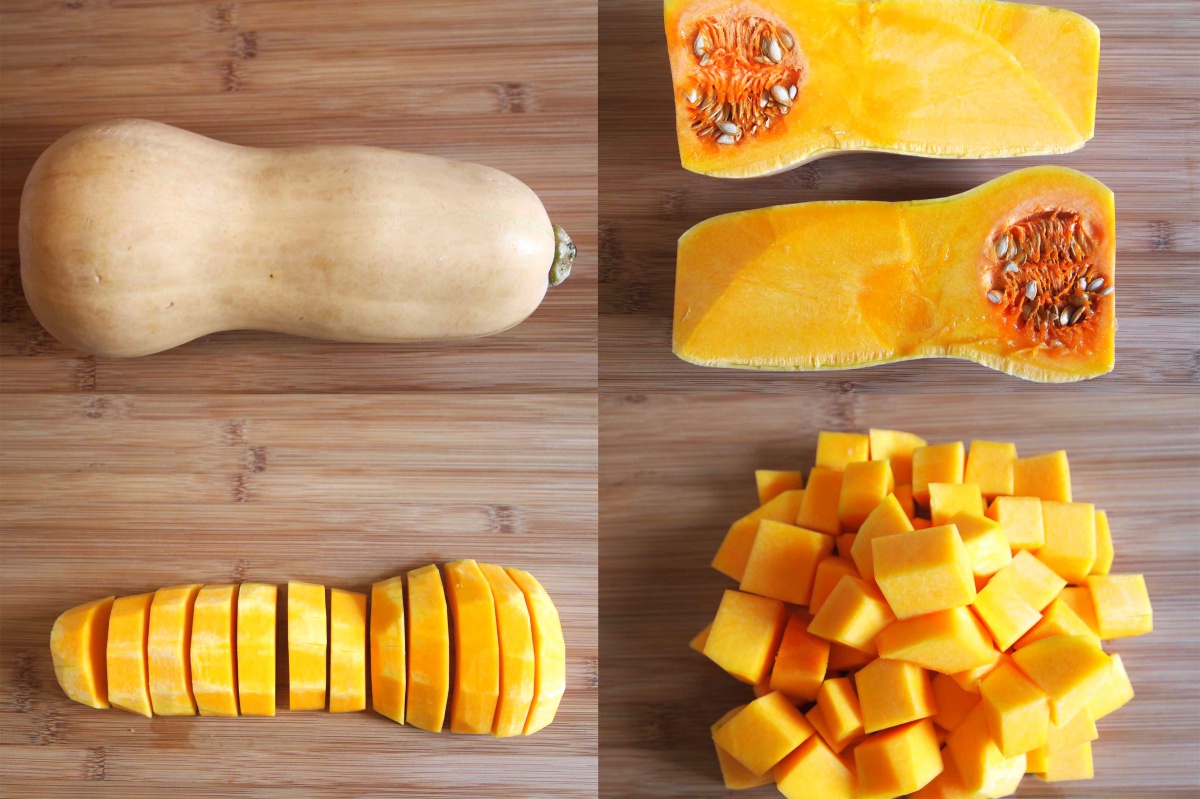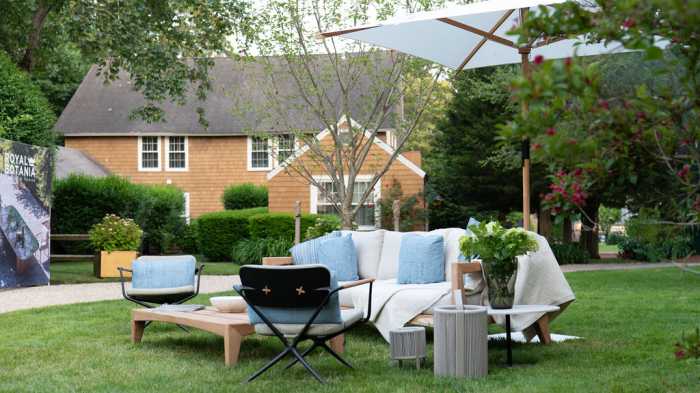View From the Garden: Nothing Beats Garden-to-Table

During the gardening season, I’m not much of a cook. But for the past month, I’ve been making batches of applesauce using five pounds of apples from local growers. And my husband and I eat it all during the week!
I use a mixture of varieties, peel and core them, cut them into large pieces, put a small amount of water on them and some raisins and cinnamon and bake them in the oven with roasting vegetables. I even put the applesauce on oatmeal made from steel cut oats for lunch. My sister also gave me a recipe for making it in the slow cooker and that’s not really like cooking—so it suits me. My co-worker thinks this is a weird lunch, but with some walnuts in the mixture, it’s delicious.
In addition to apples, the farm stands have a wonderful selection of squash to roast with those potatoes, yams and Brussels sprouts. Ah, come on, Brussels sprouts are delicious when cooked the right way! And even though the weather is getting colder, the stands have a good selection of vegetables. Even I—not much of a cook—am tempted.
Fall clean ups have begun. There’s only one of the gardens in which I work where I have cut the plants hard, but they are growing in vinca. I like to cut the plants only enough to protect them from blowing winter winds. I also prune roses like this and give them a final pruning in the spring. I like to see that a garden grows there and in the spring, I can see where each plant is growing. The remaining plant material affords some insulation and therefore protection from freeze/thaw, which causes heaving. It keeps the soil from blowing away in the wind. In spring, plants are cut to their appropriate height and any winter burn is removed leaving new wood. I have done this in my own garden for years and have lost no plants. I really don’t like to see a garden where plants have been cut to the ground and the garden blown clean. It looks and is vulnerable.
Gardens where plants have been minimally cut retain their fall colors longer, develop interesting colors and textures for winter and are beautiful with snow on them.
A bed with spring bulbs must be pruned early in spring before the soil begins to warm. If you can’t be sure of doing this, the plants will need to be pruned now. Also, compost should be applied now.
I also leave leaves that have blown into the garden. Large ones are removed in spring, if they are small, they stay and are composted over. I leave them in shrub borders if this is agreeable with the client. One of my clients has two large shrub borders that had terrible weed problems. In the fall, we left the leaves from the trees in the borders and put in even more. I think there were two feet of leaves! In the spring, the pile settled to about eight inches. The leaves remained during summer and we’ve had no more weed problems in those beds.
I do, however, remove annuals and the vegetable garden must be cleaned with some exceptions. I have left carrots, Swiss chard and kale. Carrots can be harvested until a hard frost. Kale becomes more delicious in the cold and it and chard usually sprout new growth in the spring, which can be eaten until they start to go to seed. It’s especially necessary to remove any plants that have had a fungus like tomatoes, squash and cucumbers, even beans that have had rust. Their foliage should be discarded in the regular garbage and not go into the compost pile.
The cherry tree and Gingko outside my window are glowing yellow. The Kwanzan cherry in the corner of the yard gets redder each day. Aconitum are one of the last flowers in the garden and are electric blue in this thin autumn light. Some roses are blooming but the frost forecast for this week will wilt them.
I think I will be finishing my work in my warmer clothes and gloves!
Jeanelle Myers is a professional gardener, landscaper and consultant. For gardening discussion you can call her at 631-434-5067.









